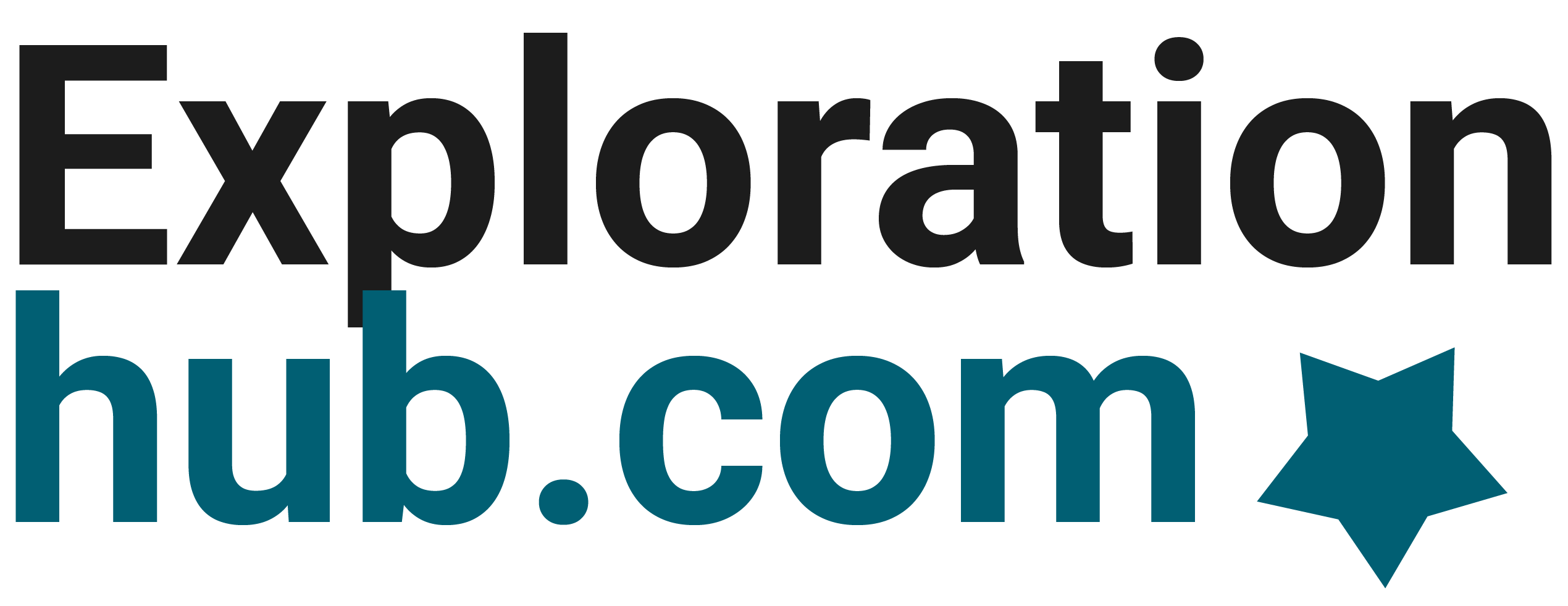The Science Behind Sleep Techniques
Understanding the science behind sleep techniques can illuminate why some methods are effective. Sleep is governed by the circadian rhythm, a natural internal process that regulates the sleep-wake cycle and repeats roughly every 24 hours. This rhythm is influenced by external cues like light and temperature. When these cues are disrupted, such as by excessive screen time or irregular sleep schedules, falling asleep can become challenging.
One technique gaining attention is the 4-7-8 breathing method. Rooted in pranayama, an ancient yogic practice, it involves inhaling for four seconds, holding the breath for seven seconds, and exhaling for eight seconds. This method is believed to promote relaxation by increasing oxygen intake and reducing heart rate, which aligns with the body’s natural sleep readiness signals.
Research suggests that controlled breathing can activate the parasympathetic nervous system, encouraging a state of calmness. This physiological response can counteract the effects of stress and anxiety, common culprits of sleeplessness. By integrating this technique into a bedtime routine, individuals may find it easier to transition into sleep.
Practical Application of Sleep Techniques
Implementing sleep techniques effectively requires consistency and an understanding of personal sleep patterns. The 4-7-8 breathing method, for instance, should be practiced regularly to yield noticeable results. It’s recommended to start by finding a comfortable position, free from distractions, and focusing solely on the breath.
Incorporating this technique into a broader sleep hygiene practice can enhance its effectiveness. Consider the following steps to create an optimal sleep environment:
- Maintain a consistent sleep schedule by going to bed and waking up at the same time daily.
- Create a calming pre-sleep routine, such as reading or listening to soothing music.
- Limit exposure to screens and bright lights at least an hour before bedtime.
- Ensure the bedroom is cool, dark, and quiet.
By embedding the 4-7-8 method within these practices, individuals may experience a more restful night’s sleep. It’s important to remember that while this technique may help some, others might need to explore additional strategies or consult a healthcare professional if sleep issues persist.
Exploring the Benefits and Limitations
While the 4-7-8 breathing method is praised for its simplicity and ease of use, it’s essential to acknowledge both its benefits and limitations. On the positive side, this technique is accessible to anyone, requiring no special equipment or extensive training. It’s a natural approach that promotes relaxation and can be used in various settings, not just at bedtime.
However, the effectiveness of the 4-7-8 method can vary among individuals. Factors such as the severity of sleep issues, underlying health conditions, and personal preferences can influence outcomes. For some, this technique alone may not suffice, and a comprehensive approach to sleep improvement might be necessary.
Moreover, while controlled breathing can aid relaxation, it is not a substitute for addressing the root causes of sleep disturbances. Lifestyle factors such as diet, exercise, and stress management play crucial roles in sleep quality. Therefore, individuals should consider a holistic approach, incorporating multiple strategies to enhance overall well-being and sleep health.
In conclusion, the 4-7-8 breathing technique offers a promising option for those seeking to improve their sleep. By understanding its principles and integrating it into a broader sleep strategy, individuals may find relief from restless nights and enjoy more restorative sleep.








